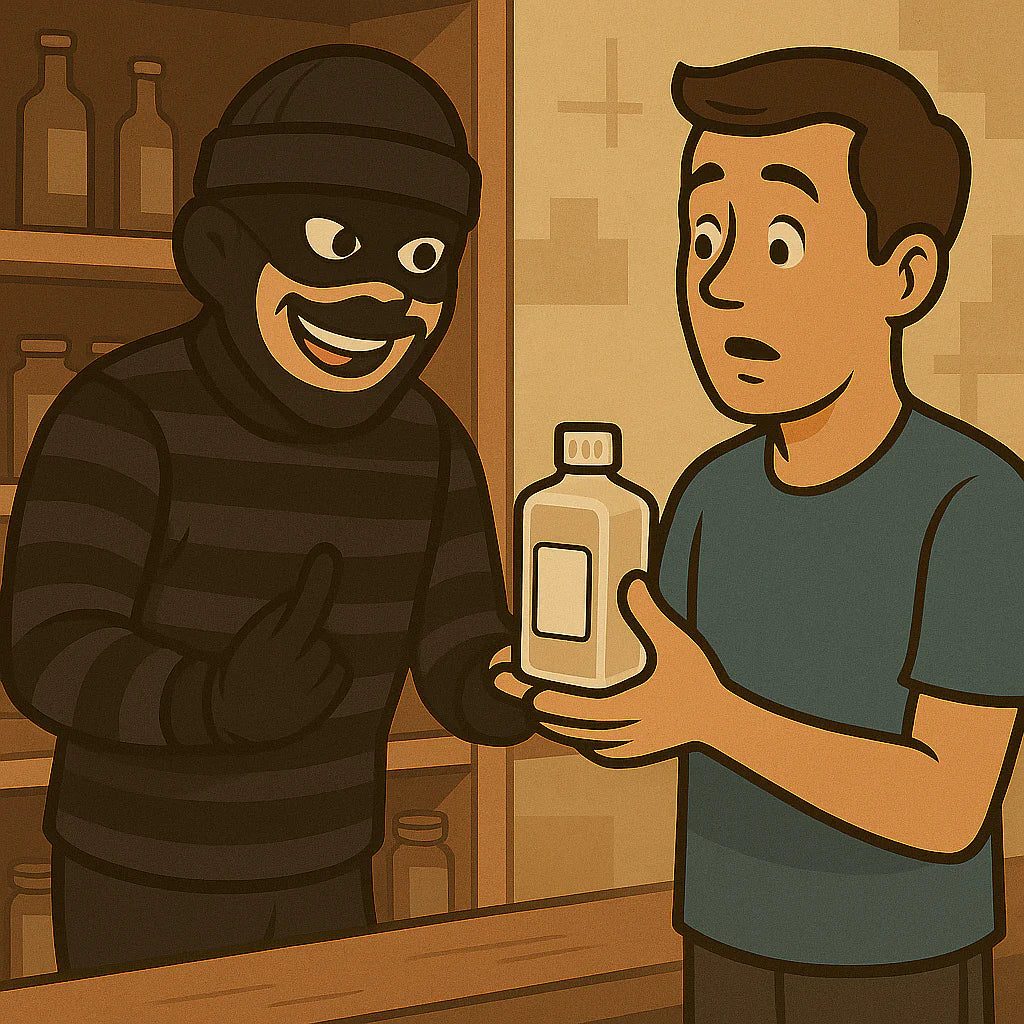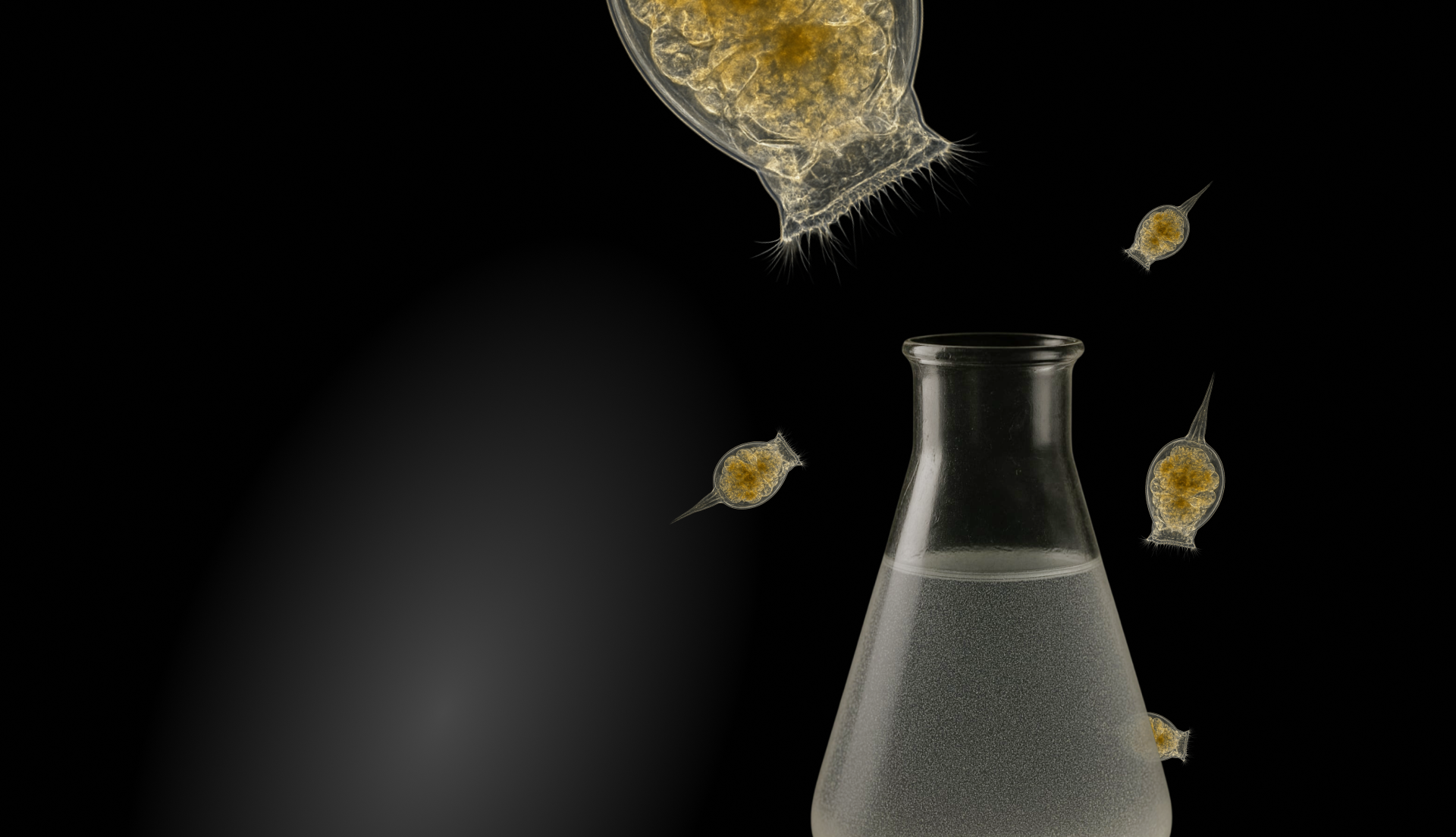Dear LFS,
It has come to our attention that a passionate follower has been sharing this post in a way that may give the wrong impression, as if we are trying to devalue the important role local fish stores play in Australia. We want to be clear that nothing could be further from the truth, these messages you receive under the facade of a good samaritan, with fake names, emails, and phone numbers, are malicious and likely financially motivated.
We have great respect for the work and dedication that LFS owners bring to this hobby and industry. Any misleading commentary from others is simply noise from those more interested in competition than contribution.
As always, we will continue to let our quality and consistency speak for themselves, and we would love the chance to show you firsthand why Aquaculture Kings is the most trusted source of live foods in Australia.
Yes they are micro-organisms, but it doesn't mean they're invisible.
Yes, copepods and other live foods are microscopic organisms, but they’re not invisible. If you can’t see anything moving in the bottle with your naked eye, you're being sold saltwater. Don’t fall for it. Ask for a refund.
Better yet, send it to us, we will verify the species is what you paid for, perform a count, and provide high quality microscopic images of our findings, for free (minus postage)
Identify what you have received
Some traits of copepods, like the number of egg sacs, are being misused to differentiate species. For instance, Tisbe can naturally have either single or dual egg sacs, yet this is often wrongly cited as a way to distinguish them from species like Dioithona.
Here’s how to identify them:
Cyclopoids (Apocyclops, Oithona, Dioithona)
-
Teardrop-shaped
-
Fast, twitchy swimming
-
Stay suspended in the water column
-
Hard to focus on due to size and speed
-
Light-sensitive - will swim away from bright light
-
Lifespan: 15-25 days
Tisbe (Tisbe biminiensis)
-
Tiny and transparent (dark if well-fed)
-
Stick to surfaces like glass or substrate
-
Rarely swim freely
-
Found in dense surface clusters
-
Light-sensitive - avoid strong light, scatter when exposed
-
Lifespan: 20-30 days
Tigriopus (T. californicus, T. australis)
-
Bright red/orange
-
Larger and easy to spot
-
Hop or dart; cling to surfaces
-
Swim if disturbed
-
Mildly light-sensitive - may react to sudden light
-
Lifespan: 30-40 days
Calanoids (Parvocalanus, Acartia)
-
Long, slender with extended antennae
-
Smooth, continuous swimmers
-
Stay in open water, avoid surfaces
-
Distinct T-shape when viewed from above
-
Strongly light-sensitive - actively avoid light
-
Lifespan: 5-10 days
When purchasing copepods, test their reaction to light (the torch on your phone for example). If they do not react; or are attacted to the light then the chances are they’re not copepods. If the appearance or behaviour doesn't line up with what is mentioned above it's not the species you paid for.
Why adult copepods aren’t always the best.
It’s a common misconception that bottles packed with adult copepods are the best choice. Here’s why that’s misleading:
Copepods typically live 5–20 days, or up to 40 in perfect conditions, depending on the species. They take about 4–7 days to mature and start reproducing, with only females developing or releasing eggs.
By the time many bottles reach you through resellers, the adults are already near the end of their lifespan. What truly matters are the nauplii and copepodites — the younger generations that will continue to grow, reproduce, and sustain your tank’s population.
A healthy bottle should contain all life stages, from tiny nauplii to mature adults carrying eggs. Don’t judge by the number of visible adults; look closer for movement and diversity of size. That’s the real sign of a thriving culture.
If you’ve been misled, don’t stay quiet. Ask for a refund and if you feel it was intentional speak up about it, it's the only way to clean up this industry.


